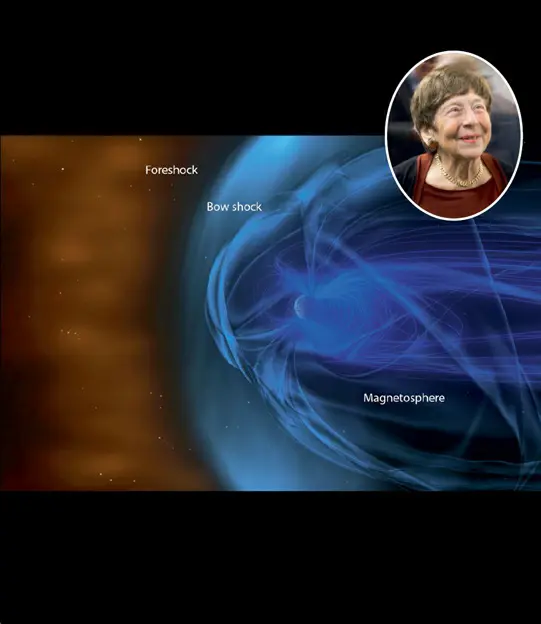Earth’s magnetosphere, a magnetic field extending far into space, acts as a protective shield against the solar wind’s high-energy particles. This dynamic magnetic bubble has been a subject of fascination and study for centuries, from early observations of auroras to modern satellite explorations. A pivotal figure in this research is American space physicist Margaret Kivelson, whose career spans over six decades in studying magnetic fields.
Kivelson’s significant contribution came in 1984 with her research on ultra-low-frequency waves in the magnetosphere. These waves, resulting from the interaction between the solar wind and the magnetosphere’s outer layers, play a crucial role in transporting and accelerating particles. Her findings have deepened our understanding of how our planet interacts with solar wind, shedding light on the complexities of Earth’s magnetic environment.
Kivelson’s expertise in terrestrial magnetism has also extended to exploring the magnetic fields of other celestial bodies. She led the discovery of Ganymede’s magnetic field, marking it as the only moon in the solar system with its own magnetosphere. Additionally, her work on Jupiter’s magnetic fields has provided compelling evidence for a subsurface liquid ocean on Europa.
Kivelson’s research has not only advanced our understanding of Earth’s magnetic phenomena but also expanded our knowledge of other worlds. Her work underscores the interconnectedness of celestial magnetic fields and their role in shaping planetary environments.

